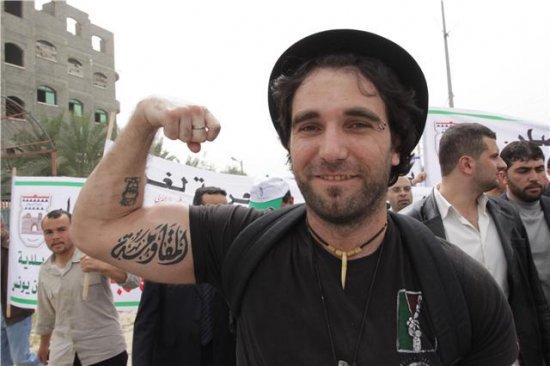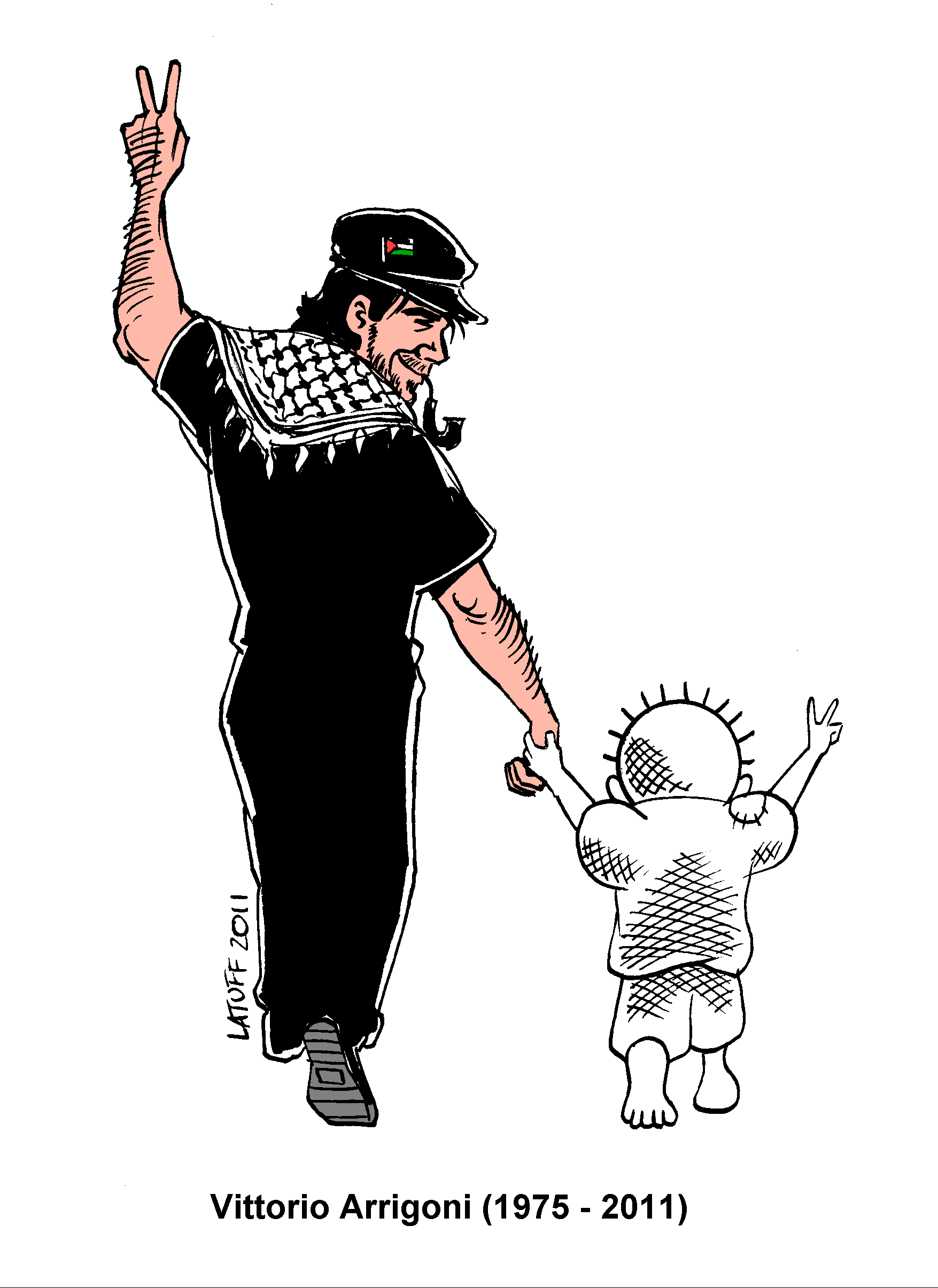Tag: Video
-
Vittorio, never more alive than now
Egidia Beretta Arrigoni, Mother of Vittorio Arigoni | Il Manifesto Translated by Sebastiao Nascimento. Italiana segue. One has to die to become a hero, to hit the headlines and to have TV crews around the house, but does one have to die to stay human? I recall Vittorio in the Christmas of 2005, detained and…
-
Solidarity Statements in honor of Vittorio Arrigoni
Organizations throughout Palestine and around the world are honoring Vittorio Arrigoni’s life and his work for the liberation of the Palestinian people. Collected here are some of those statements. If your organization is planning to issue a statement, please send it and any related URL to palestinesolidarity [at] gmail.com.
-
ISM confirms the death of Vittorio Arrigoni
April 15: Updated with news reports below. The International Solidarity Movement is shocked and deeply saddened by the killing of our friend and colleague Vittorio Arrigoni. Vik was an inspiring activist and generous soul. Please keep his family and friends in your thoughts. We will post more information here as it becomes available. Press Stories…


